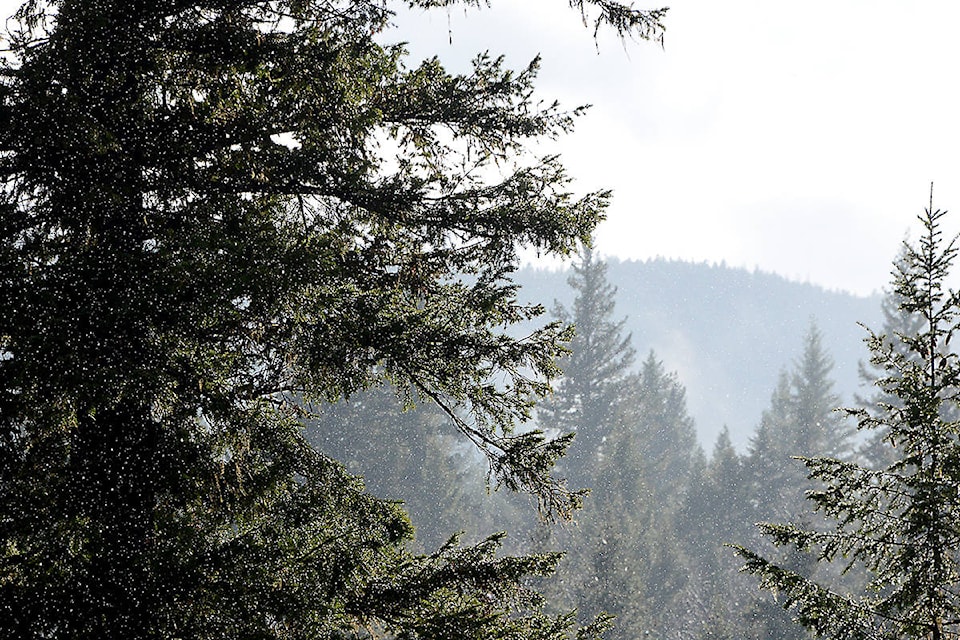By Dan Kraus
Forests define our Canadian geography and identity. One-third of our country is covered with trees, and forests occur in every province and territory. Jobs in forestry employ more than 200,000 Canadians and support many Indigenous and northern communities.
It’s easy to think that our forests are endless, and it’s a mindset we’ve held for a long time. But we need to change our thinking. Although there are vast areas of forest in our northlands, these places represent some of our planet’s last stands of large intact forests. In southern Canada, we have lost and degraded many of our forests, impacting both nature and people.
Forests have been heavily impacted by land use change, fragmentation, and invasive species. Invasive forest insects and diseases have taken a heavy toll on many tree species, including white ash, American chestnut, and white elm.
Canada’s northern boreal forests are unfamiliar to most Canadians. Here In these hinterlands, we can find more intact forests than anywhere else on the planet. These forests are also the largest storehouse of terrestrial carbon in the world, holding nearly twice as much carbon per square kilometre as tropical forests. They are also home for up to five billion birds.
In Canada’s north, we have a unique opportunity to create the world’s largest network of protected forests in the world.
If there’s anywhere in the world where intact forests can be maintained, my bet is on Canada.
Increasing the area of protection in the boreal forest from the current 8.3 percent to 17 per cent to help meet Canada’s commitments for the Convention on Biological Diversity would result in the protection of more than 890,000 square kilometres.
The energy, forestry and mining industries can all be leaders in demonstrating sustainability, responsible resource use and biodiversity conservation.
Finding conservation solutions for our forests is important for nature and people. These forests provide habitat for many species, but also provide services to our communities. From recharging the groundwater that we drink, to holding floodwaters during storms, to providing places for recreation, this natural capital is important to our quality of life.
There’s no doubt we have made important progress, but there is still urgency for forest conservation in Canada. Many nations have recognized the need for accelerated forest restoration and have committed to the Bonn Challenge to restore 350 million hectares of degraded lands back to forest. What would be more Canadian than committing to conserve more forests than any other nation?
– Dan Kraus is senior conservation biologist with the Nature Conservancy of Canada.
